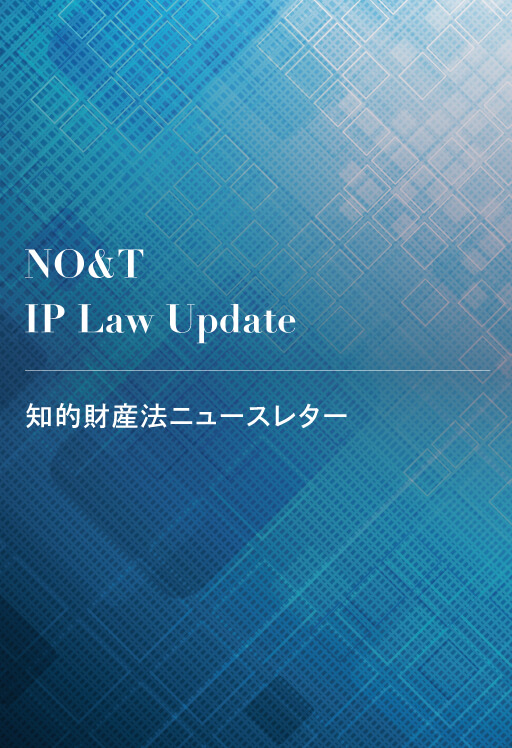
NO&T IP Law Update
This article is also available in Japanese.
AI and copyright issues are widely discussed in Japan, as in many other jurisdictions. The Copyright Act of Japan (the “Copyright Act”) is administered by the Agency for Cultural Affairs of Japan (the “Cultural Agency”). The Cultural Council, a body established under the Cultural Agency to research and review matters relevant to the Cultural Agency, has a further subordinate body called the Copyright Subdivision which researches and reviews matters related to copyright. On June 30, 2023, the Copyright Subdivision decided that its Legal System Subcommittee (the “Subcommittee”) would research and review certain AI and copyright issues, and the Subcommittee commenced its review on July 26, 2023. The Subcommittee published a preliminary draft report on those AI and copyright issues and requested public comment from mid-January to early February 2024. In response to this request, 24,938 public comments were submitted. After approximately seven months of research and review, taking into account the comments received from the public, the Subcommittee published its report, titled “Perspectives Regarding AI and Copyright”※1 dated March 15, 2024 (the “Report”). Two points should be noted regarding this Report: first, the Report is not legally binding and, second, the Report does not necessarily present one reasonable or recommended view per issue, but rather contains several possible views on various issues. We hereby focus on the issues (i) and (ii).
The Report discusses, among other things, (i) the potential for copyright infringement during the course of developing generative AI, (ii) the potential for copyright infringement when using generative AI, and (iii) the potential for copyright protection on the outputs of generative AI.
The Copyright Act does not provide a general defense such as the “fair use” defense under US copyright law on which alleged infringers may rely in the US. Instead, prior to amendment in 2018, the Copyright Act provided an exclusive list of defenses covering specific situations in which copyrighted works could be used without authorization from the copyright owner. The 2018 amendment of the Copyright Act was intended to expand the scope of defenses and to introduce more generalized defenses. The purpose of the 2018 Amendment was to contribute to promoting innovation by enabling exploitation of copyrighted works without authorization from the copyright owner when such exploitation does not significantly affect the market of the copyrighted works. One of the generalized defenses introduced by the 2018 Amendment was the defense for an act with a non-enjoyment purpose set forth in Article 30-4 of the Copyright Act. This defense was not as generalized as the “fair use” defense under US copyright law, but it was understood that this Article would allow for some flexibility in responding to new modes of use of works accompanying technological invention, compared to the more rigid defenses available under the Copyright Act before the 2018 Amendment.
Under Article 30-4 of the Copyright Act, a work may be exploited in any way and to the extent considered necessary, in cases where it is not the purpose of the exploiter to personally enjoy or cause another person to enjoy the thoughts or sentiments expressed in that work (the “Non-Enjoyment Purpose Requirement”). However, this exception does not apply if the act would unreasonably prejudice the interests of the copyright owner in light of the nature or purpose of the work or the circumstances of the exploitation (the “Article 30-4 Proviso”).
The Report addresses the applicability of the foregoing defense with respect to infringement in the course of generative AI development by discussing the Non-Enjoyment Purpose Requirement and the Article 30-4 Proviso, and also discusses the parties against whom a copyright owner can exercise the copyright.
Article 30-4 lists three examples in which it is not the purpose of the exploiter to personally enjoy or cause another person to enjoy the thoughts or sentiments expressed in a given work. The first example is the exploitation of a work for use in testing to develop, or to put into practical use, technology that is connected with audio recordings, video recordings or other exploitations of a copyrighted work. The second example is the exploitation of a copyrighted work for use in data analysis (meaning the extraction, comparison, classification, or other statistical analysis of the constituent language, sounds, images, or other elemental data from a large number of works or a large volume of other such data). The third example is the exploitation of a copyrighted work in the course of computer data processing or otherwise in a way that does not involve what is expressed in the work being perceived by human senses (for computer programming works, such exploitation excludes the execution of the work on a computer).
The Report states that the above-mentioned “data analysis” example includes for the training of generative AI, and that the exploitation of a work for use in data analysis for training generative AI meets the Non-Enjoyment Purpose Requirement.
It should also be noted that the Non-Enjoyment Purpose Requirement is not satisfied (i.e., it can constitute copyright infringement) when the purpose of enjoyment and the purpose of non-enjoyment co-exist. The Report provides examples of cases in which the purposes of enjoyment and non-enjoyment are deemed to co-exist: where (i) a work is reproduced in order to perform additional training to intentionally output all or part of the creative expression of the copyrighted work contained in the training data as it is, for example, when an AI developer or AI service provider intentionally overfits a model, and (ii) a database with the contents of works converted into a vector is created for the purpose of outputting all or part of the creative expression of copyrighted works contained in an existing database or data posted on the Internet.
In addition, the Report states that, even if the intent is not to output the creative expression of the copyrighted work, the purposes of enjoyment and non-enjoyment can nonetheless be found to coexist. This is the case where (i) a work is reproduced for the purpose of additional training to generate outputs that are strongly influenced by the creative expression of the copyrighted work contained in the training data by using a small amount of training data and (ii) it is determined from underlying facts of specific cases that the purpose is to generate outputs from which the creative expression of the copyrighted work contained in the training data can be directly perceived.
With respect to additional training for the purpose of generating outputs which imitate the “style” of the works of a specific creator, the Report states that although “style” is just an idea and that it does not constitute copyright infringement even if an AI output has a common “style” with existing copyrighted works, the purposes of enjoyment and non-enjoyment can still be found to coexist. This is the case where a group of specific copyrighted works having a common “style” is reproduced with the purpose of producing, in whole or in part, the particular creative expression that such specific copyrighted works have in common.
The Report also refers to “RAG” (Retrieval Augmented Generation), which is a technology that searches for and collects data related to instructions given to generative AI, even if the data was not used in the development of the generative AI, and treats such data as an input to the generative AI together with the relevant instructions, to predict the output. The Report states that even if copyrighted works are reproduced in association with the creation of databases to be used for RAG, the Non-Enjoyment Purpose Requirement is satisfied if the purpose is not to produce the creative expression of existing copyrighted works.
Even when the Non-Enjoyment Purpose Requirement is satisfied, Article 30-4 does not apply where the interests of the copyright owner would be unreasonably prejudiced. Whether the interests of the copyright owner would be unreasonably prejudiced is determined by considering whether the subject act(s) conflict with the market for the use of the copyrighted works of the copyright owner or whether the act(s) will hinder potential future sales channels for the copyrighted works. The Report discusses the following four situations:
The Report specifies that generation and use of AI outputs does not constitute copyright infringement if such outputs are similar to existing copyrighted works only with respect to the ideas, rather than the expression, of such works. Even if the demand for a specific creator or their copyrighted works is replaced by that for AI outputs as a result of the similarity in “ideas” between the existing copyrighted work and AI outputs, this does not mean that the interests of the creator would be unreasonably prejudiced. As a general matter, the idea of a work is the merely abstract thought of that work, the monopoly over which would overly restrict the freedom of other creators because of its generality, whereas an expression is the instanstiation of an idea in some medium.
The Report states that the reproduction of database works for the purpose of data analysis will be deemed to unreasonably prejudice the interests of the copyright owner if the database works include a large amount of information organized in such a way that it may be easily used for data analysis and is on sale. “Database works” as used in this newsletter refers to any database protected as a copyrighted work under the Copyright Act as involving creativity in the selection, or systematic construction, of information. This includes not only tangible media, but also online databases. The Report states that, for example, where a website includes articles for viewing by users thereof, as well as an API which allows users to obtain organized data from a database work for a fee, the reproduction of a certain set of such information (where such information includes creative expression of the database work) without payment of such fee would be deemed to unreasonably prejudice the interests of the copyright owner.
The Report specifies that application of Article 30-4 cannot be excluded merely by the adverse intent, i.e., the intent not to authorize reproduction of works, of the copyright owner. The Report states, however, that when technical measures are taken to prevent reproduction of database works for training AI, it can be assumed that such measures are taken in association with the sale of, or the preparation for the sale of, such database works in which a large amount of data posted on a certain website is gathered and organized in a form that can be used for data analysis. The Report further states that, in the case where it is assumed from the fact that such technical measures are taken or the past experience (experience in creating database that can be used for data analysis, or experience in the licensing of such works on a database) that database works which contain data posted on such website and in which the data is organized in a form that can be used for data analysis will be sold, the act of reproducing the database works for training AI by avoiding such measures and collecting a large amount of data posted on such website would be considered to unreasonably prejudice the interests of the copyright owner.
The Report does not discuss the application of Article 30-4 to this situation. However, the Report states that if an AI developer or AI service provider recognizes that copyright infringing copies such as pirated copies are posted on a website and the AI developer or AI service provider collects them as training data, it will increase the likelihood of their liability for copyright infringement when AI outputs that are similar to existing copyrighted works are generated.
If a copyright is infringed in the course of the development of generative AI, a copyright owner can seek injunctive relief, which includes measures necessary for cessation or prevention of infringement, and compensation for damages. The Report discusses whether a copyright owner can seek, as part of injunctive relief, an order to remove their copyrighted works from training data set to be used for future AI training, and to dispose of any models trained on the basis of such work.
The Report states that it is possible to obtain an order to remove the copyrighted works from training data sets. On the other hand, the Report states that an order to dispose of trained models is generally unavailable, except where it is highly likely for the trained model to generate outputs that are similar to the copyrighted works.
Copyright infringement is deemed to have occurred where there is both (i) similarity in the allegedly infringing work to an existing copyrighted work, and (ii) reliance on the existing copyrighted work (the latter, the “Reliance Requirement”).
Whether an AI output is “similar” to an existing copyrighted work in the above sense is determined in the same way as is the similarity between a human-generated work and an existing copyrighted work.
The Report addresses three types of cases in which reliance may or may not be found, each of which concerns whether (i) the AI end user (the “AI User”) recognized the existing copyrighted work, and (ii) the existing copyrighted work was included in the training data, as follows:
A copyright owner may seek an injunction, including measures which are necessary for cessation or prevention of infringement, as well as compensation for damages. The Report states that a copyright owner can seek the following remedies as injunctive relief:
In addition, the Report states that if generation and use of AI output data constitute copyright infringement, not only the AI User but also the AI developer or the AI service provider can be held liable for copyright infringement. The likelihood that the AI developer or the AI service provider will be held liable for copyright infringement will increase in the following situations:
With respect to the geographic coverage of the Copyright Act, the Report states that (i) as to damage claims, where the result of the copyright infringement is deemed to have occurred in Japan, Japanese copyright law (as the law of the place where the result of the act in issue occurred) will apply, and (ii) as to claims seeking injunctive relief, Japanese copyright law, as the laws of the country where protection is claimed, will govern where the act of exploitation is deemed to have taken place in Japan.
The Report states that the following factors will increase the possibility that Japanese copyright law will apply:
The Report addresses a broad range of issues relating to generative AI and copyright. Scholars and practitioners are still discussing these issues, and their views are diverse. Because it seems that the government of Japan does not intend to amend the Copyright Act, we will need to take a “wait and see” approach until specific matters are disputed before Japanese courts. (At the present, there has been no judicial precedent in Japan ruling on issues related to AI and copyright.)
Please also note that the “Intellectual Property Strategy Headquarters” of the Cabinet of Japan set up the “Commission on Intellectual Property Rights in the Age of AI” in October 2023 to discuss various issues related to AI and intellectual property, including design right and trademark right, and is currently discussing a draft interim report on these issues, which is soon to be finalized and published.
*1
https://www.bunka.go.jp/seisaku/bunkashingikai/chosakuken/hoseido/r05_07/pdf/94024201_01.pdf(only in Japanese, as accessed on April 21, 2024)
This newsletter is given as general information for reference purposes only and therefore does not constitute our firm’s legal advice. Any opinion stated in this newsletter is a personal view of the author(s) and not our firm’s official view. For any specific matter or legal issue, please do not rely on this newsletter but make sure to consult a legal adviser. We would be delighted to answer your questions, if any.
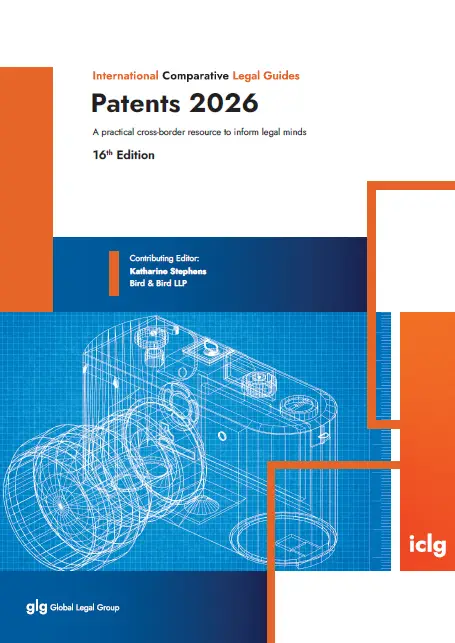

(October 2025)
Kenji Tosaki
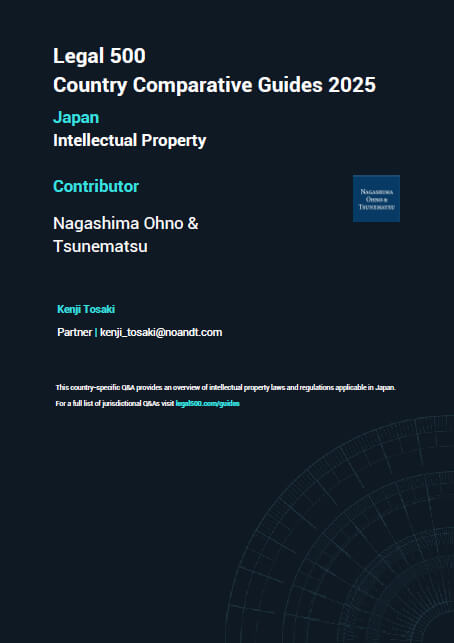

(September 2025)
Kenji Tosaki


Kenji Tosaki, Ryo Tonomura (Co-author)
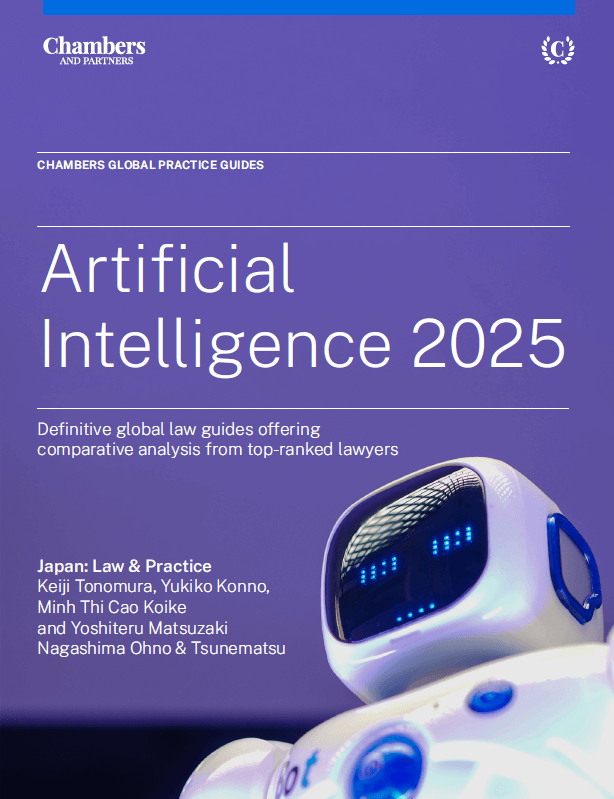

(June 2025)
Keiji Tonomura, Yukiko Konno, Minh Thi Cao Koike, Yoshiteru Matsuzaki (Co-author)
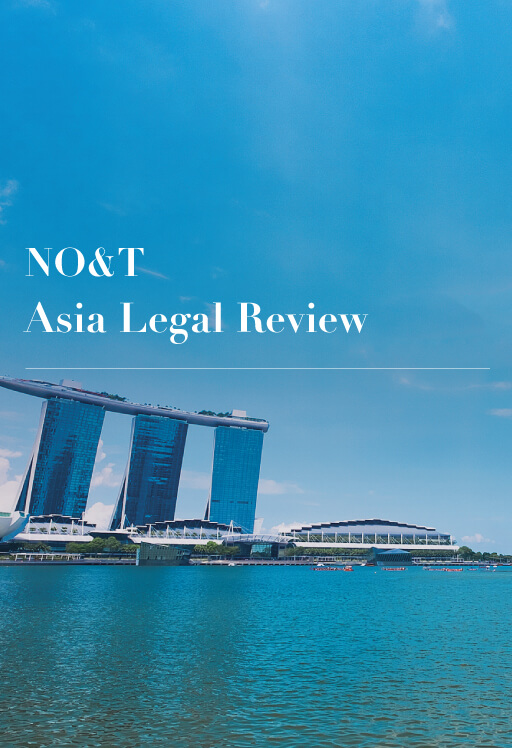

Hoai Truong
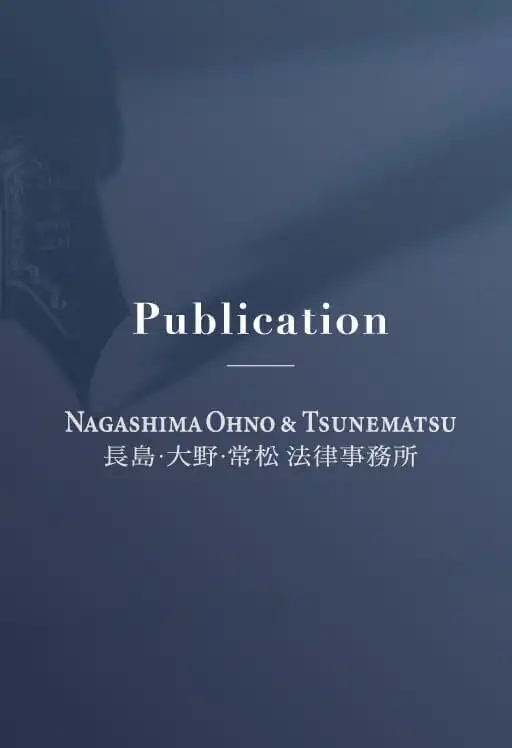

(August 2025)
Keiji Tonomura, Yoshiteru Matsuzaki (Co-author)


(July 2025)
Ryo Okubo, Yu Takahashi, Uchu Takehara, Naoto Obara (Co-author)


(June 2025)
Keiji Tonomura, Yukiko Konno, Minh Thi Cao Koike, Yoshiteru Matsuzaki (Co-author)


Hoai Truong


(August 2025)
Keiji Tonomura, Yoshiteru Matsuzaki (Co-author)


(June 2025)
Keiji Tonomura, Yukiko Konno, Minh Thi Cao Koike, Yoshiteru Matsuzaki (Co-author)


(April 2025)
Keiji Tonomura, Akira Komatsu (Co-author)


Nopparak Yangiam, Parot Promkam (Co-author)
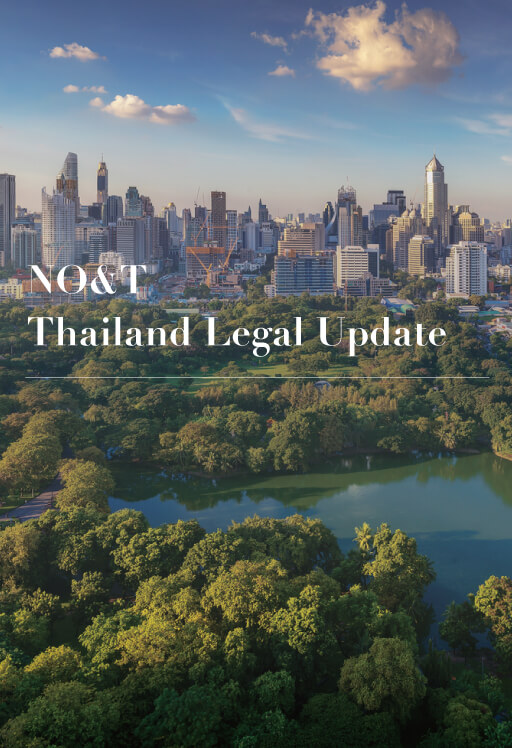

Yothin Intaraprasong, Yosuke Konno (Co-author)


(April 2025)
Keiji Tonomura, Akira Komatsu (Co-author)
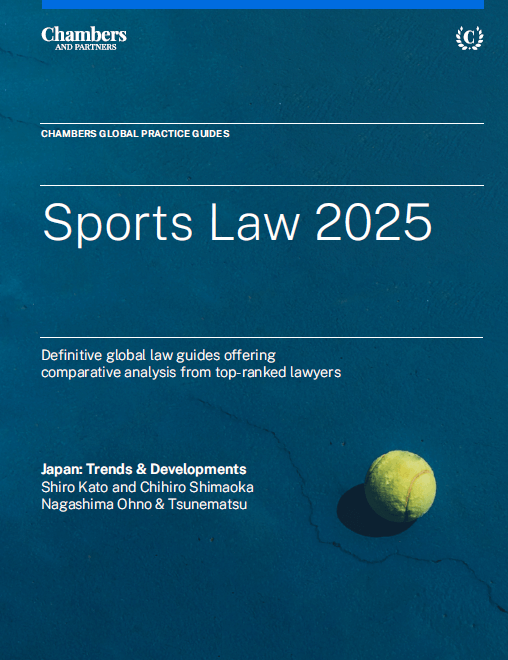

(April 2025)
Shiro Kato, Chihiro Shimaoka (Co-author)


Nopparak Yangiam, Parot Promkam (Co-author)


(April 2025)
Shiro Kato, Chihiro Shimaoka (Co-author)
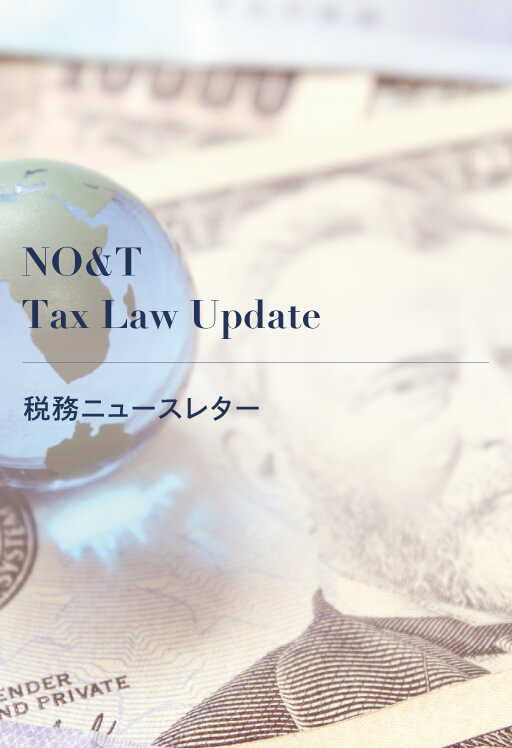

Tsutomu Endo
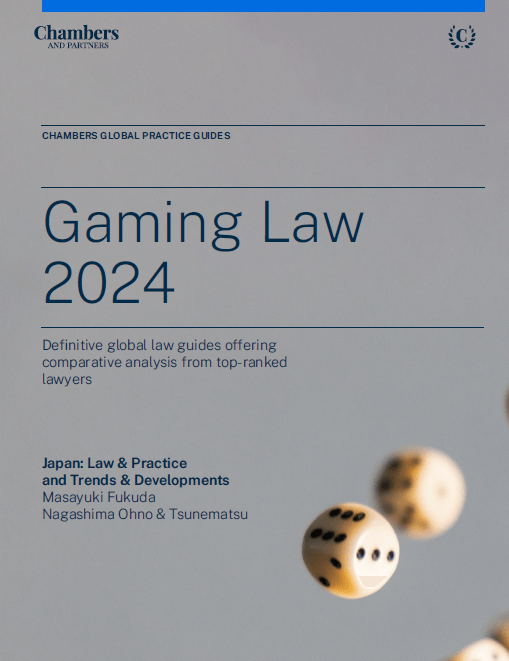

(November 2024)
Masayuki Fukuda